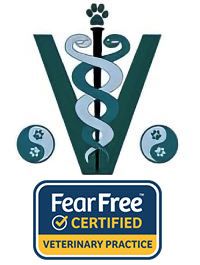It’s a fact that almost 85% of dogs and cats over the age of 3 have gingivitis and tartar issues that require professional dental care.
- Similar to humans, four hours after eating, bacteria, saliva, and food can start to accumulate on your pet’s teeth.
- This is the formation of plaque. The bacteria in plaque excrete toxins and break down the gums causing inflammation and bad breath.
- Plaque if not removed, builds up on the teeth and forms tartar. Plaque and tartar on the teeth lead to gingivitis (inflammation of the gums) and periodontal disease (inflammation and disease of the structures of the tooth).
- It is important to note that the bacteria building up in your animal companion’s mouth can lead to other infections in the body such as heart disease, kidney disease, lung disease, liver disease, skin disease and prostate disease



